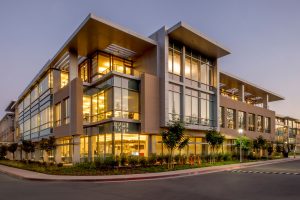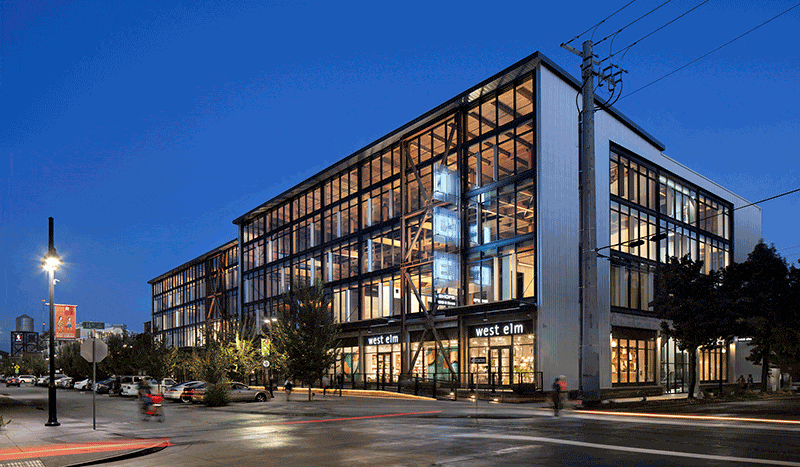Introduction
In the realm of commercial building design, the art of aesthetics and the science of efficiency merge to create spaces that not only captivate the eye but also serve a multitude of functions. This article takes a deep dive into the world of commercial building design, revealing the principles that guide it, the innovative trends shaping its future, and the seamless fusion of form and function that characterizes this dynamic field.
The Confluence of Beauty and Utility
Commercial building design is a sphere where aesthetics and efficiency meet at the crossroads. A successfully designed commercial space is not just visually pleasing but also supremely practical, finding that elusive sweet spot where form enhances function and vice versa.
Guiding Principles in Commercial Building Design
1. Space Optimization
The heart of functional design lies in the optimal utilization of space. Well-planned layouts aim to maximize usable areas while ensuring flexibility and adaptability. A thoughtfully designed space can streamline workflows, boost productivity, and adapt to the evolving needs of businesses.
2. Sustainability
In the modern era, sustainability is non-negotiable. It encompasses the use of eco-friendly materials, energy-efficient systems, and sustainable practices to minimize environmental impact and lower operational costs.
3. Human-Centric Approach
Human well-being takes center stage in contemporary commercial building design. Design elements such as natural lighting, indoor air quality, ergonomic furnishings, and intelligent spatial planning contribute to spaces that foster health, comfort, and productivity among occupants.
4. Brand Identity and Aesthetics
Aesthetics play a pivotal role in commercial spaces by conveying brand identity and making a lasting impression on clients and customers. Every design choice, from colors to materials, must align with the brand’s values and messaging.
Innovative Trends in Commercial Building Design
1. Biophilic Design
The infusion of nature into commercial spaces is an emerging trend. Indoor plants, natural materials, and outdoor workspaces are integrated to improve employee well-being, creativity, and overall satisfaction.
2. Smart Buildings
The integration of technology into commercial building design is revolutionizing the industry. Smart buildings offer advanced energy management, security, and comfort through automation and data-driven systems.
3. Mixed-Use Spaces
Commercial spaces are increasingly adopting mixed-use designs, combining retail, office, and residential areas. This approach promotes urban vibrancy, community building, and maximizes urban space usage.
4. Adaptive Reuse
Adaptive reuse, the renovation of historic or disused structures, is a sustainable and aesthetically rich trend. It imbues spaces with character and uniqueness, making them centers of creativity and innovation.

Achieving the Perfect Harmony
In commercial building design, the ideal is the seamless blending of form and function. It’s about creating spaces that are not just visually captivating but also eminently practical. When aesthetics and efficiency coalesce, the result is a space that is both beautiful and highly functional.
The Future of Commercial Building Design
The future of commercial building design holds exciting prospects:
- Net-Zero Energy Buildings: These structures produce as much energy as they consume, reducing environmental impact and energy costs.
- Advanced Virtual Reality Modeling: Virtual reality tools will continue to revolutionize the design process, enabling architects and clients to immerse themselves in planned spaces before construction begins.
- Sustainable and Human-Centric Design: Sustainability and human-centric design will continue to shape the industry’s future, putting people and the planet at the forefront.
Conclusion
Commercial building design is a testament to the harmonious blend of aesthetics and efficiency. It’s about crafting environments where beauty and utility are not in opposition but in perfect synchrony. With the right mix of aesthetics, functionality, and forward-thinking design, commercial spaces become not just functional places but also inspiring environments that leave an indelible mark on all who experience them. This field is a testament to the boundless creativity and innovation within the world of architecture and design.



